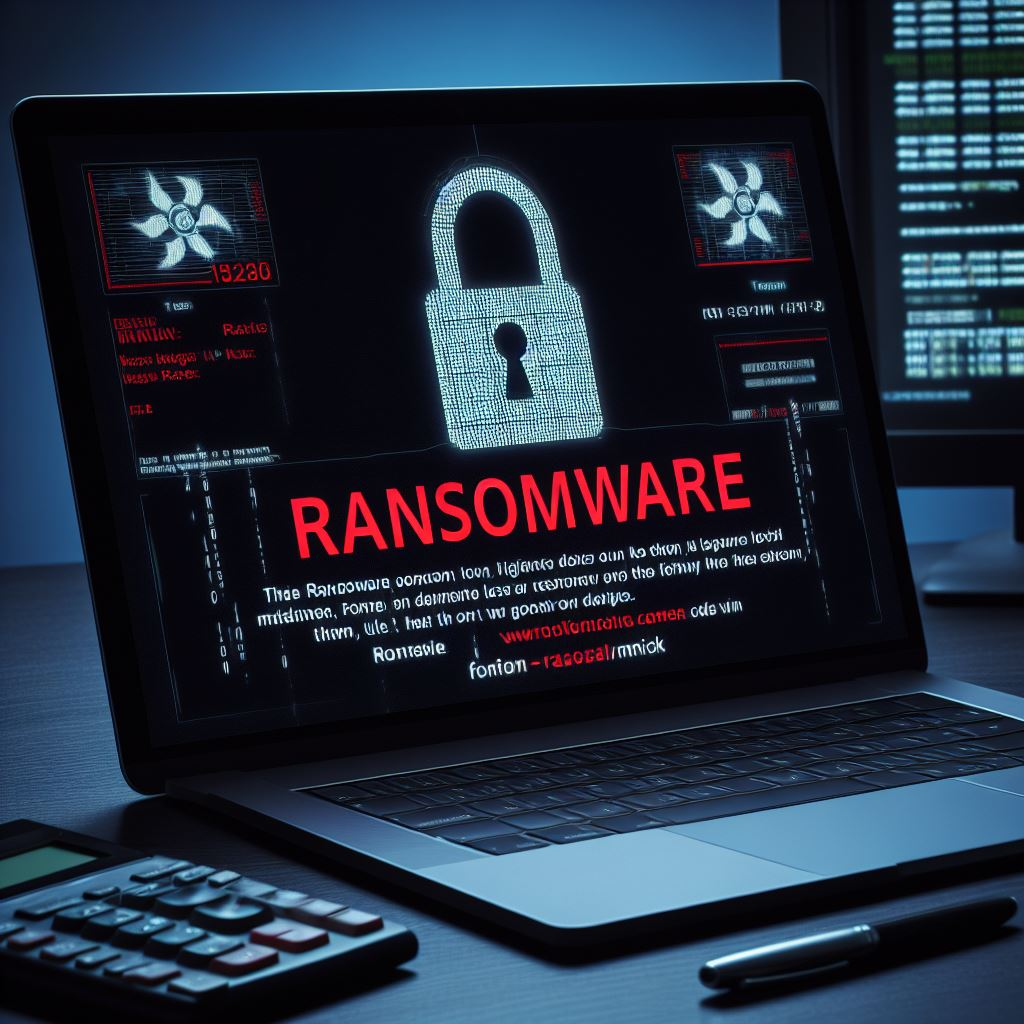Ransomware attacks, where cybercriminals encrypt a victim’s data and demand a ransom for its return, have become a major threat to businesses, national security, and global prosperity. This essay explores the rise of ransomware, its evolving tactics, the challenges in stopping it, and potential solutions.
The Scope of the Problem
Ransomware attacks are on the rise, with estimates suggesting 2023 might be the worst year on record.
The number of victims is high, with attackers increasingly targeting critical infrastructure like hospitals and power grids.
The financial cost is substantial, with ransom payments reaching record highs.
A Shifting Landscape
The dominance of a few large criminal groups has given way to a more dispersed network of smaller attackers, often operating from Russia or ex-Soviet states.
Ransomware-as-a-Service (RaaS) has lowered the barrier to entry, allowing less sophisticated actors to launch attacks using pre-built tools and infrastructure.
Attackers are shifting tactics, exfiltrating data in addition to encryption and employing “triple extortion” by targeting prominent individuals within companies.
Challenges in Stopping Ransomware
Most attacks are indiscriminate, making it difficult for businesses to defend themselves. Basic cyber hygiene practices like data backups and software updates are often neglected.
Law enforcement efforts are hampered by attackers operating from jurisdictions with limited cooperation.
Potential links between some ransomware groups and nation-states add further complexity.
Fighting Back: A Multi-Pronged Approach
Governments are increasingly resorting to offensive cyber operations to disrupt and dismantle ransomware groups.
Legal measures like sanctions aim to target ransomware kingpins and disrupt their financial operations.
Breaking the cycle of ransom payments is essential, by promoting alternative solutions and data recovery strategies.
Improved data breach reporting regulations and better data collection are needed to understand the true extent of the threat.
The Future of Ransomware
* The fight against ransomware is an ongoing battle, with attackers constantly evolving their tactics.
* Technological advancements like AI pose new challenges for defenders.
* Continued international cooperation and a multi-pronged approach are critical to mitigate the growing threat of ransomware.
Key Takeaways
* Ransomware poses a serious threat to global security and prosperity.
* The rise of RaaS and new attack tactics demand proactive measures from organizations.
* Collaboration between governments, law enforcement, and the private sector is essential to combat ransomware effectively.
* Continuous improvement in cyber hygiene practices and better data breach reporting are crucial to building resilience against ransomware attacks.
The Blurring Lines of Crime and Espionage
The relationship between some ransomware groups and nation-states is a cause for concern. Some may be directly linked to intelligence services, while others might operate with implicit state tolerance. This ambiguity complicates efforts to counter ransomware and raises national security concerns.
The Impact on Low- and Middle-Income Countries
While Western nations are increasingly targeting ransomware groups, the displacement effect might lead to a rise in attacks on less-defended countries with limited resources to fight back.
The Effectiveness of Countermeasures
The Role of Insurance
Cyber insurance can provide valuable support to victims, offering negotiation assistance, specialist advice, and coverage for alternative solutions like data recovery. However, moral hazard concerns exist, and insurance companies have a role to play in encouraging better cyber hygiene practices among policyholders.
The Need for Better Data
A lack of comprehensive data hinders a full understanding of the true scale of the ransomware threat. Strengthening data breach reporting regulations and fostering a culture of transparency among victims are essential to develop effective counter-measures.
Ransomware is a complex and evolving threat. While there are no easy solutions, a multi-pronged approach that combines offensive cyber operations, sanctions, improved cyber hygiene, and a shift away from ransom payments offers the best chance to mitigate the risks posed by ransomware attacks. International cooperation and a focus on breaking the economic model that sustains ransomware activity are crucial aspects of this fight. By working together, governments, businesses, and individuals can build a more resilient digital ecosystem and combat this growing threat.



